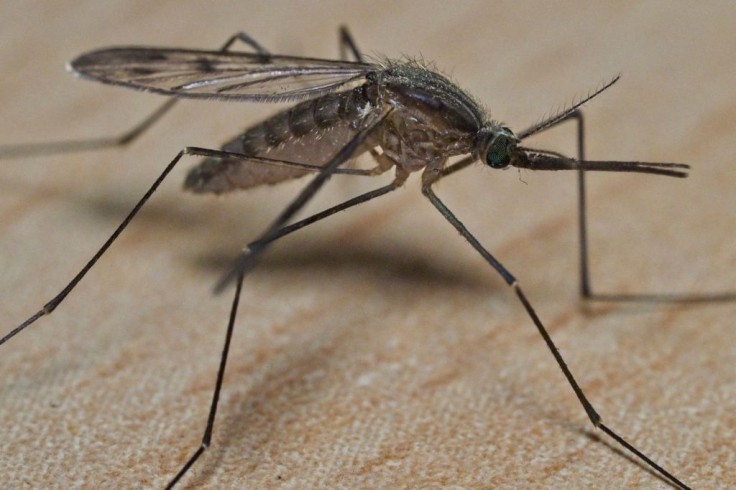
The Centers for Disease Control and Prevention (CDC) have recently cast a spotlight on a growing concern: an increase in the number of leishmaniasis cases potentially originating from within the United States.
This discovery is breaking away from the conventional perception that such cases are primarily linked to international travel.
Tracing the New Strain's Origins of Leishmaniasis Cases
Between 2005 and 2019, the CDC identified a significant number of leishmaniasis cases in the U.S.
Historically, these cases have been associated with visits to tropical or subtropical climates-places like the Middle East, Central Asia, Northern Africa, and Latin America.
However, recent data has unearthed 86 instances where patients had no recent history of travel outside the country.
This suggests a shift in the narrative, indicating that the leishmania parasite, responsible for the disease, may be transmitting right here in the U.S.
Moreover, in a deeper dive into the cases, researchers have detected a unique, native Leishmania strain in the U.S. that appears genetically distinct from the strains associated with travel.
This distinction further solidifies the possibility of a local transmission, primarily centered in Texas.
Yet, with the majority of the samples originating from Texas, it doesn't rule out the potential presence in other states.
Implications and the Need for Action
While these revelations may sound alarming, experts from the CDC have been quick to assure that the broader public health risk remains minimal.
Instead, the data underscores a critical need for heightened awareness, especially within the medical community.
Healthcare providers, be it dermatologists, infectious disease doctors, or general practitioners, need to have this potential local transmission on their radar.
This is even more pertinent as anecdotal leishmaniasis cases emerge in Florida, complemented by sporadic findings in states like Oklahoma and Arizona.
Sandflies, the primary agents responsible for the transmission of the leishmania parasite, are prevalent in various southern states.
With many parts of the U.S. offering a conducive environment for sandflies, such as warm temperatures and forested areas, establishing a rigorous surveillance system becomes imperative.
Currently, Texas is the lone star in this arena, being the only state that mandates health professionals to report leishmaniasis cases.
There's no national obligation to report the disease to the CDC, which is a gap that perhaps needs revisiting.
Identification, Treatment, and Sandfly Bite Prevention
When zooming in on leishmaniasis cases in the U.S., the primary culprit has been identified as the Leishmania mexicana species.
The symptoms of this strain often manifest as small, non-aggravating skin bumps that can evolve into ulcers. Often, these lesions self-resolve without any intervention.
While the native Leishmania strain in the U.S. leans towards mild symptoms, another strain, the Leishmania infantum, carries a heftier punch, leading to thousands of deaths globally.
This brings about the discussion of sandfly bite prevention. With the transmission chain starting from an infected sandfly, breaking this chain is a logical step in curbing the spread.
As experts suggest, simple measures such as wearing protective clothing, especially when venturing into woodlands or areas known for sandfly presence, can be instrumental.
The use of insect repellent further adds an extra layer of protection against potential bites. In conclusion, while the discovery of a native Leishmania strain in the U.S. has added a new dimension to the understanding of leishmaniasis cases in the country, it is crucial to approach the data with a balanced perspective.
Public health entities, like the CDC, continue to monitor, research, and provide guidance, ensuring that both the medical community and the general public are equipped with the knowledge to tackle this disease effectively.